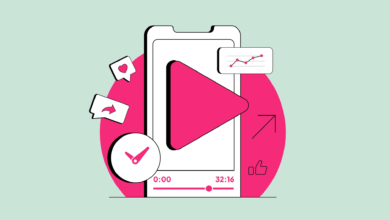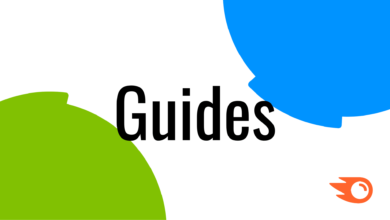The Power of Personalization in B2C Content Campaigns

Introduction
Personalization has become a key strategy for B2C brands looking to connect with their customers on a deeper level. By tailoring content to the individual preferences and behaviors of consumers, companies can create more engaging and relevant experiences that drive customer loyalty and increase sales. In this blog post, we will explore the power of personalization in B2C content campaigns and how it can help businesses stand out in a crowded marketplace.
Why Personalization Matters
Personalization is more than just addressing a customer by their first name in an email. It involves using data and insights to create customized experiences that speak directly to the needs and interests of individual consumers. By personalizing content, B2C brands can increase engagement, improve conversion rates, and build stronger relationships with their customers.
Increased Engagement
Personalized content is more likely to capture the attention of consumers than generic messaging. By delivering content that is tailored to the interests and preferences of individual customers, brands can create a more engaging experience that encourages interaction and drives action. Whether it’s a personalized email, a targeted social media ad, or a customized product recommendation, personalized content is more likely to resonate with consumers and keep them coming back for more.
Improved Conversion Rates
Personalization can also have a significant impact on conversion rates. By delivering content that is relevant and timely, brands can increase the likelihood that customers will take the desired action, whether it’s making a purchase, signing up for a newsletter, or downloading a whitepaper. Personalized content can help to reduce friction in the buying process and make it easier for customers to make a decision, leading to higher conversion rates and increased sales.
Stronger Customer Relationships
Personalization can also help to build stronger relationships with customers. By showing that you understand their needs and preferences, brands can create a sense of loyalty and trust that can lead to long-term relationships. Personalized content can make customers feel valued and appreciated, leading to increased customer satisfaction and loyalty over time.
How to Personalize B2C Content Campaigns
There are a variety of ways that B2C brands can personalize their content to create more engaging and relevant experiences for customers. Some common strategies include:
Personalized Recommendations
One of the most effective ways to personalize content is through recommendations based on past behavior and preferences. By analyzing data on customer interactions and purchases, brands can deliver personalized product recommendations that are more likely to resonate with individual consumers. Whether it’s a personalized email with product suggestions or a customized landing page with recommended products, personalized recommendations can help to drive engagement and sales.
Dynamic Content
Another effective strategy for personalizing content is through dynamic content that changes based on the behavior and preferences of individual users. By using dynamic content blocks on websites, emails, and ads, brands can deliver personalized experiences that are tailored to the interests and actions of each customer. Whether it’s showing different products based on past purchases or displaying personalized offers based on browsing history, dynamic content can help to create a more engaging and relevant experience for consumers.
Personalized Emails
Email marketing is a powerful tool for personalizing content and connecting with customers on a one-to-one basis. By segmenting email lists based on customer preferences and behaviors, brands can deliver personalized content that speaks directly to the needs and interests of individual subscribers. Whether it’s a personalized subject line, targeted content based on past purchases, or special offers based on customer behavior, personalized emails can help to drive engagement and increase conversions.
FAQs
What is the difference between personalization and customization?
Personalization involves using data and insights to create customized experiences that speak directly to the needs and interests of individual consumers. Customization, on the other hand, allows customers to choose their preferences and tailor their experience themselves. While customization puts the power in the hands of the customer, personalization uses data and insights to deliver tailored experiences without the customer having to do anything.
How can I get started with personalization in my B2C content campaigns?
To get started with personalization in your B2C content campaigns, start by collecting data on customer interactions and preferences. Use this data to create customer segments based on behavior, demographics, and preferences. Then, tailor your content to each segment by delivering personalized recommendations, dynamic content, and personalized emails. Monitor the performance of your personalized campaigns and continue to refine your strategies based on customer feedback and data.
What are some common pitfalls to avoid when personalizing content?
One common pitfall to avoid when personalizing content is over-personalization. While personalization can create more engaging experiences for customers, it’s important to strike the right balance and not come off as too intrusive or creepy. Another pitfall to avoid is relying too heavily on automated personalization without considering the human element. Personalization should enhance the customer experience, not replace it entirely.
Conclusion
Personalization is a powerful strategy for B2C brands looking to create more engaging and relevant experiences for their customers. By tailoring content to the individual preferences and behaviors of consumers, brands can increase engagement, improve conversion rates, and build stronger relationships with their customers. Whether it’s through personalized recommendations, dynamic content, or personalized emails, personalization can help businesses stand out in a crowded marketplace and drive long-term success.




